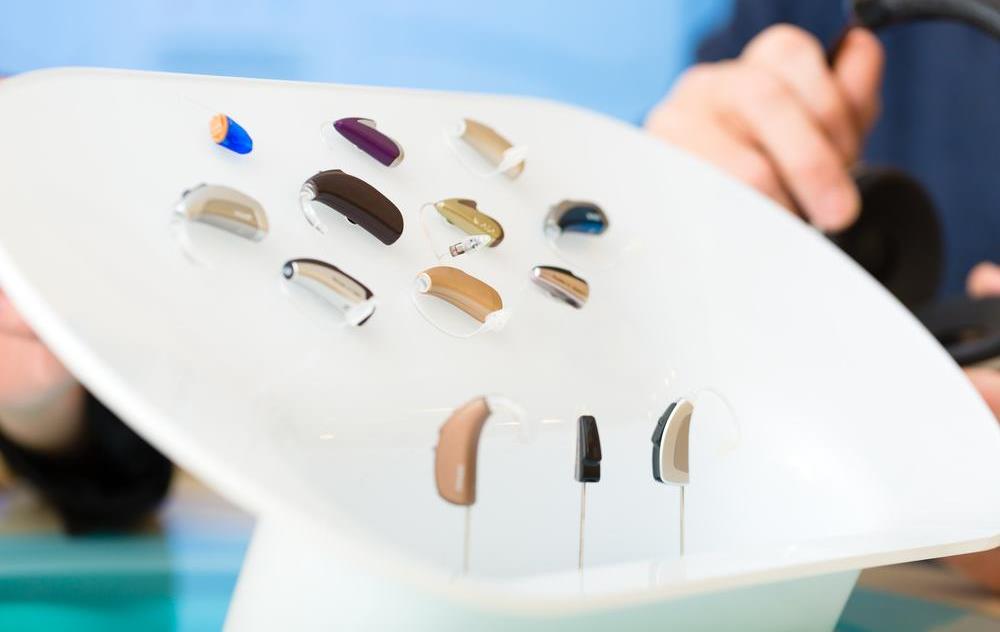Guide to Hearing Aid Prices and Support in Germany
This comprehensive guide explains hearing aid prices, available insurance benefits, and financial aid options in Germany. It details different device tiers, factors influencing costs, and additional expenses like batteries and accessories. The article aims to help individuals navigate the financial landscape of hearing aids, making informed decisions to enhance their hearing health within their budget. It also covers subsidies from public and private insurers and help programs for those in need.

Guide to Hearing Aid Prices and Support in Germany
Hearing impairment can greatly affect everyday life, and hearing aids are essential for improving communication and quality of living. The costs associated with hearing aids differ based on various factors, including technology, brand, and healthcare coverage. This article explores the pricing spectrum in Germany, available subsidies, and insurance options, helping you understand the financial considerations when purchasing hearing aids. By understanding these aspects, individuals can make informed choices suited to their needs and budget.
1. Hearing Aid Price Range
The cost of hearing devices in Germany varies from a few hundred to several thousand euros. This variation stems from differences in features, technology levels, and brands.
Basic models focus on core functions like sound amplification and noise suppression, costing between €500 and €1,000.
Mid-range options incorporate advanced features such as directional microphones and smartphone connectivity, priced between €1,000 and €2,500.
High-end premium devices feature automatic sound adjustments, spatial audio, and seamless digital integration, with prices exceeding €2,500.
2. Elements Affecting Cost
The total expense depends on:
Technology and Features: More sophisticated features increase costs.
Brand Reputation: Leading brands typically demand higher prices.
Customization: Custom-fitted hearing aids, molded to individual ears, are more costly than standard models.
Post-Sale Care: Services like adjustments and repairs are often included in the price, extending device lifespan.
3. Insurance and Financial Help
In Germany, healthcare coverage provides some assistance with hearing aid costs, but the extent varies:
Statutory Health Insurance (SHI): Patients with SHI may receive subsidies for prescribed hearing aids. The subsidy generally covers basic models, with patients covering additional costs for more advanced devices. From about €700 per device for adults and up to €1,500 for children.
Private Insurance: Coverage differs; policyholders should review their plan details for specific benefits and copayments.
Social Welfare Support: Financial aid programs assist those with limited means, sometimes covering full costs for standard and advanced hearing aids.
4. Financial Assistance Options
Various programs in Germany help reduce hearing aid expenses:
Federal Ministry for Labour and Social Affairs (BMAS): Offers disability support programs, including hearing impairment assistance.
Rehabilitation Services: Vocational rehabilitation organizations may cover part of the costs for workers affected by hearing issues.
Charities: Numerous nonprofits provide free or subsidized hearing aids to qualifying individuals.
5. Additional Expenses
When budgeting for hearing aids, consider this extra costs:
Batteries and Maintenance: Regular replacements and repairs add up; rechargeable devices can reduce ongoing expenses.
Accessories: Items like remote controls, microphones, or connectivity gadgets enhance usability but increase final costs.
Expert Services: Audiologist visits for fitting and follow-up are part of total expenditure.
Understanding the pricing, insurance options, and assistance programs ensures informed decisions when acquiring hearing aids in Germany. Exploring available subsidies, insurance coverage, and considering both initial and long-term costs can make essential hearing devices more accessible. This guide aims to help users navigate the financial aspects, ensuring improved hearing health within their budget.
Better awareness of the financial landscape helps individuals access suitable hearing solutions and improve their quality of life through enhanced hearing capabilities.









